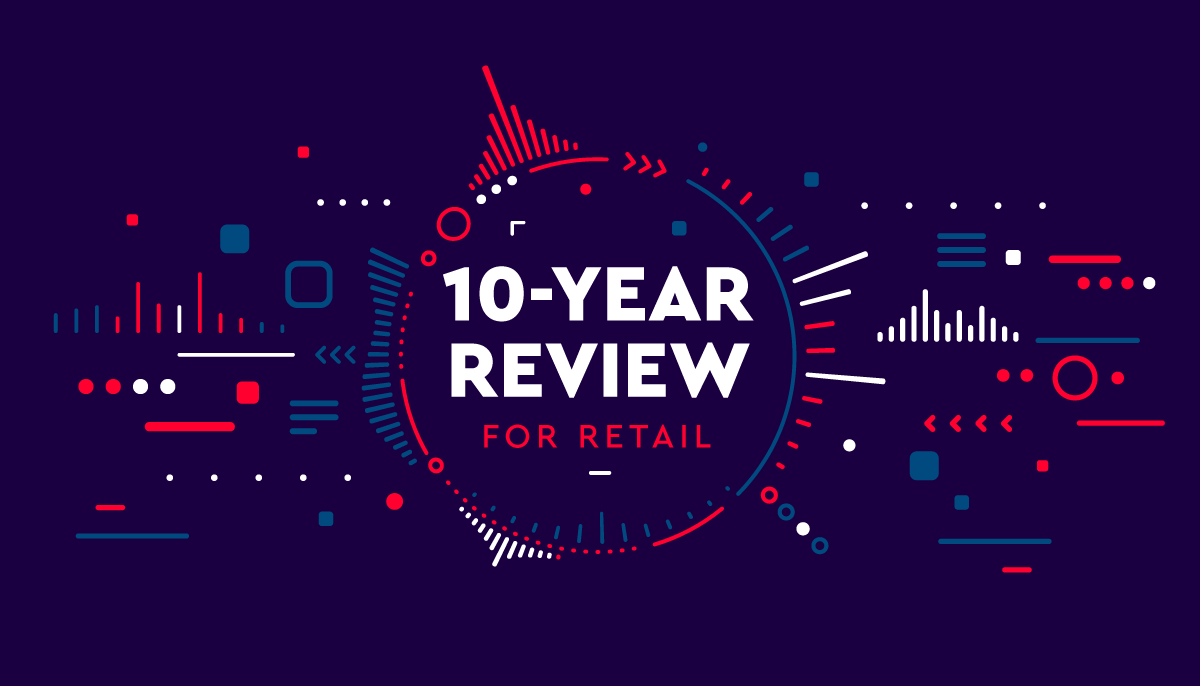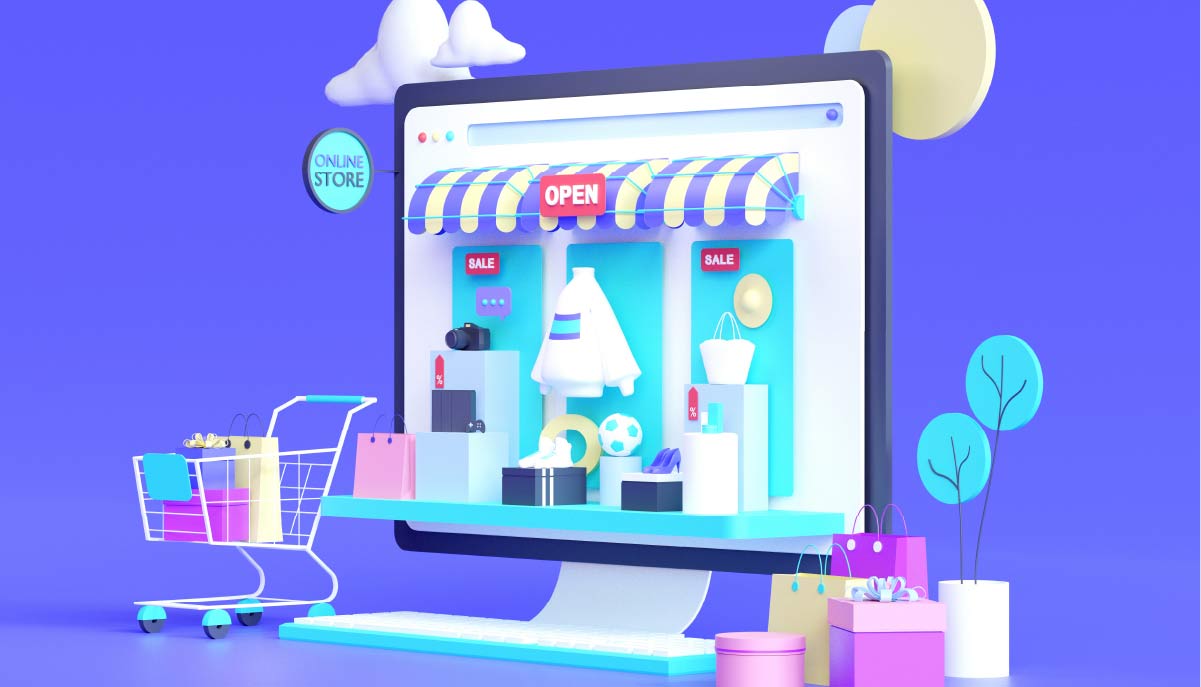10 Omni-Channel Trends in 2014
Omni-channel commerce, or uniting online and traditional brick-and-mortar channels and operations, finally became a reality for some retailers in 2013. Many retailers who currently do not have an omni-channel solution in place are looking to implement one in the coming years. With omni-channel still being one of the major buzzwords in the online retail industry, here are ten omni-channel trends to be on the lookout for in 2014…
1) Shoppers expect cross-channel inventory visibility – Shoppers now expect the same experience across multiple shopping channels, including the same products being available both online and in-store. Only 34% of major multi-channel retailers currently utilize cross-channel inventory visibility (i.e. allowing in-store inventory to be viewed online), a trend that could become an industry standard in the coming years.
2) Synchronized customer care experience – According to eMarketer, just 8% of major retailers offer a fully synchronized customer care experience between their online and offline channels. This experience allows both in-store and online inventory information to be accessed by the same customer care agent in real-time.
3) More shoppers using mobile devices in-store – Shoppers are now more informed than ever before, with in-store mobile device usage increasing to 80% in 2013 for smartphone users. Some shoppers use their smartphones in-store to view different styles and options available on a retailer’s eCommerce site without having to ask a store employee.
4) Mobile is gaining more traction into digital marketing strategies – The increase in mobile and tablet sales has caused retailers to have continued discussions on how best to align their marketing efforts with these devices. While offerings such as e-mail and paid search marketing are strong drivers of eCommerce site traffic and revenue, mobile can assist and drive revenue both online and in-store.
5) The integration of online and offline analytics – In a recent study by the CMO Council, only 3% of major retailers stated that their online and offline analytics were fully integrated. Some retailers are currently working on an integration solution, but several key data points remain in silos across different channels.
6) Increase in view in-store, buy online – Also known as “showrooming”, this tactic has continued to increase in popularity. Apparel, entertainment, and electronics retailers lead the way in showrooming according to Parago, with over 50% of smartphone owners saying they “often” showroom in these product categories.
7) View online, buy in-store also emerging – Technically the opposite of showrooming, shoppers mainly partake in this tactic for convenience, especially if they need the product immediately. This tactic could become more common as in-store inventory visibility increases on eCommerce sites and if shipping costs or complications (i.e. weather) are not favorable to the shopper.
8) Social media initiatives align across channels – Some retailers are creating social initiatives that work both online and in-store to maximize the effort of social media, especially with the increased usage of social media on mobile devices. In-store apps (such as apps that offer in-store rewards) and free Wi-Fi can help to make social and mobile initiatives work well together.
9) Wish lists relevant for both offline and online – This could be a hot item for omni-channel retailers in the coming years. Shoppers are looking for wishlists which synchronize online and in-store – only a small minority of major retailers currently offer this solution to their shoppers. This can be beneficial to consumer insights and understanding which products work well together.
10) Collaborative shopping carts and variable fulfillment – This is an omni-channel solution several major retailers are beginning to understand – how can shoppers create a cart online and continue shopping with the same cart in-store? Even if they can’t find all of their items in-store, shoppers may opt to pay for the rest of their cart at a point-of-sale device in the store only to have those items shipped to their home.
In conclusion, shoppers continue to lead omni-channel trends with many retailers attempting to learn their methods and predict their next step. With the emergence of mobile and expanded analytics information, it will likely become important for retailers to use this new technology and information to continue their innovations in meeting the needs of their customers now and in the future.



